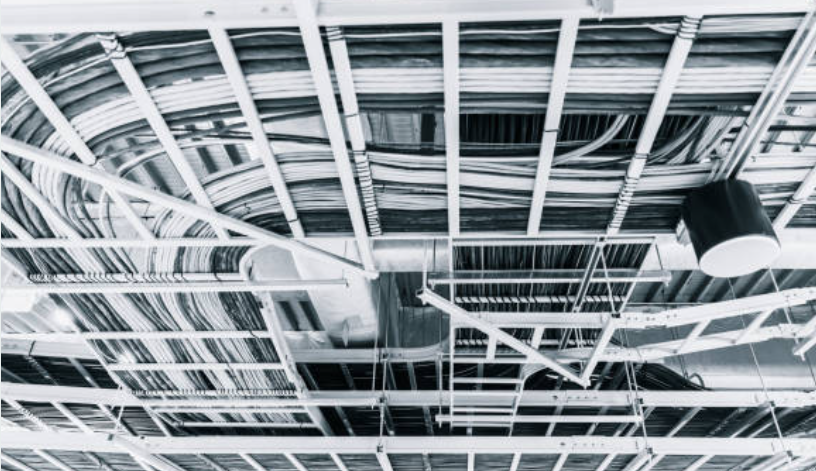
Posted on Sunday, October 6, 2024
In today’s rapidly advancing electrical industry, efficient manufacturing processes are essential for meeting the increasing demands of infrastructure development. Among the various manufacturing technologies, roll forming has emerged as a crucial method for producing key components such as electrical conduits, cable trays, and other integral parts of electrical infrastructure. This blog explores the significance of roll forming machines in the electrical industry, focusing on how they enhance the production of these essential systems.
Roll forming is a continuous bending operation in which a long strip of metal is gradually shaped into the desired cross-section. This process is carried out using a series of rollers that mold the material into precise profiles. The advantages of roll forming technology are numerous:
Electrical conduits are protective tubes that house electrical wiring, safeguarding it from physical damage and environmental factors. Roll forming plays a vital role in producing strong and durable conduits that comply with industry standards. The process allows for the creation of conduits in various sizes and shapes, catering to different installation needs.
Effective cable management is crucial for maintaining organized and safe electrical installations. Roll forming is instrumental in the production of cable trays and raceways, which facilitate the routing and protection of electrical cables.
In addition to conduits and cable trays, roll forming is used to produce various other components essential for electrical infrastructure, including:
One of the primary advantages of roll forming is its ability to deliver consistent and precise dimensions across large production runs. This uniformity is vital for ensuring that all components fit together correctly and function as intended.
Roll forming is a highly efficient process that minimizes waste. By utilizing the entire strip of metal and optimizing material use, manufacturers can significantly reduce production costs and environmental impact.
The flexibility of roll forming allows manufacturers to create customized profiles for specific applications. This adaptability enables the production of unique components that meet the evolving needs of the electrical industry.
The combination of high-speed production, material efficiency, and reduced labor costs makes roll forming an economically advantageous choice for manufacturers. This cost-effectiveness translates to savings for both producers and end-users, enhancing the overall value of roll-formed products.
The electrical industry is constantly evolving, and so are the technologies that support it. Some trends influencing roll forming in this sector include:
Roll forming machines play a pivotal role in the electrical industry by producing essential components like conduits and cable management systems. Their efficiency, precision, and adaptability make them indispensable for manufacturers looking to meet the demands of modern electrical infrastructure. As the industry continues to evolve, embracing roll forming technology will be crucial for staying competitive and addressing the growing need for reliable electrical solutions.
For manufacturers considering a move towards roll forming, investing in this technology could significantly enhance production capabilities and contribute to long-term success in the ever-expanding electrical market.
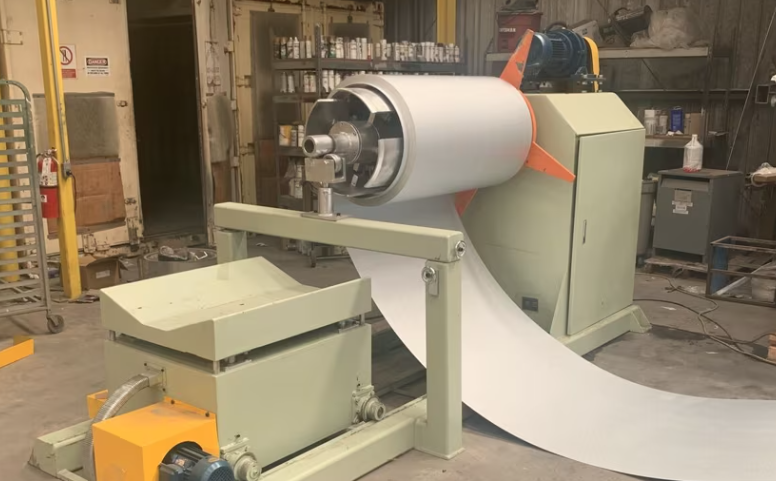
Understanding Coil IDs, Mandrel Sizing, and Shear Pin Safety in Uncoilers
Posted on Wednesday, October 1, 2025
Mismatched sizes can lead to machine damage, downtime, and safety hazards — often evidenced by a shear pin failure.
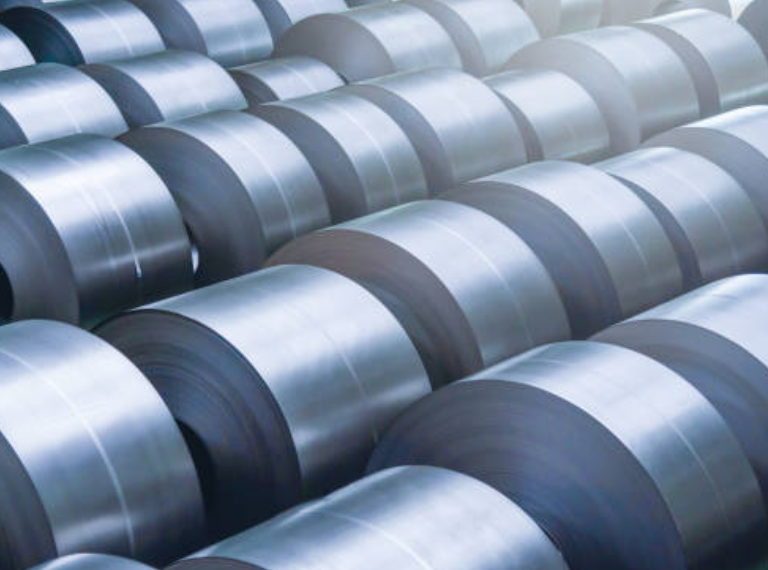
How Coil Tensile Strength Affects Roll Forming and How to Adjust Your Machine
Posted on Wednesday, October 1, 2025
Changes in tensile strength can significantly affect the finished profile, causing misaligned bends, uneven edges, and out-of-spec parts.
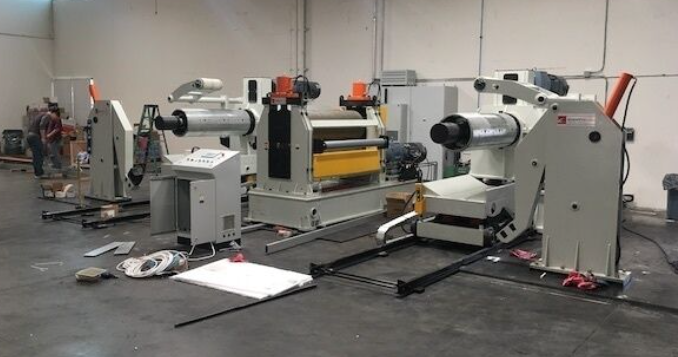
Why Paint Cracks on an Embossing Line Running Pre-Painted Coil and How to Prevent It
Posted on Wednesday, October 1, 2025
This issue not only affects the visual quality of the product but can also lead to increased scrap rates and customer complaints.
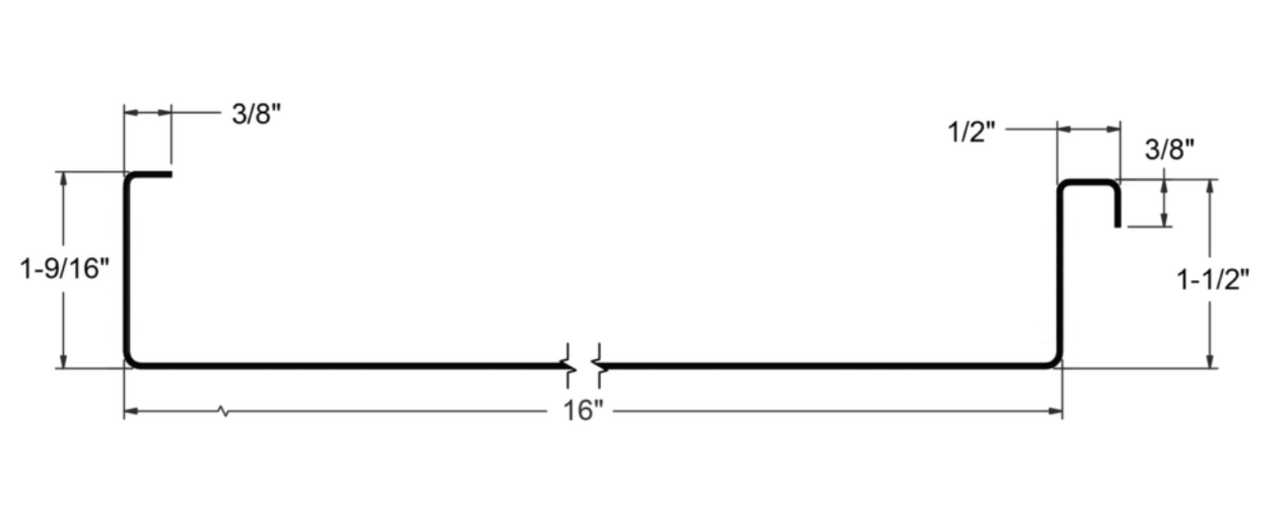
The Most Popular Standing Seam Metal Roof Panels in the U.S. — A Comprehensive Guide
Posted on Monday, September 29, 2025
In this post, we’ll explore what panel styles and sizes are most popular in the U.S